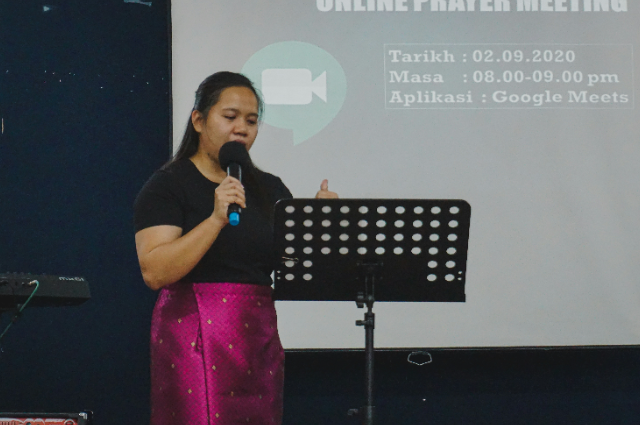
Photo by Marscella Ling on Unsplash
The teacher has always been one of the most respected people, who gains more knowledge, discipline, and guidance from students and even from everyone. Their role was to explain the concept, term, maintain rules in the classroom, and prepare learners for examinations. However, with the increase of the digital era, the responsibilities of teachers have transformed significantly. Technology has entered the classroom in ways that it was not imagined; this has forced teachers to adopt and rethink how they should connect with their students correctly. Today, the role of the teacher goes beyond delivering lectures; it involves guiding, mentoring, and preparing students to shape the world through technology and constant change.
From Knowledge Givers to Learning Facilitators
During the past years, knowledge and education were limited resources, and teachers were the primary source of information. Students almost depend on teachers to provide them with answers. But nowadays, in the world of the digital era, information is available instantly through many search applications, online libraries, and educational apps. A student can watch YouTube videos and make notes through them, read about world history on the Wikipedia website, or learn a new language on an app. The overflowing of resources does not mean that it can make teachers less important; instead, it redefines their roles. Teachers are no longer the providers of knowledge but facilitators who help students to analyse and apply the information they find. The challenge is not opening knowledge but in using it wisely, and this is where the teacher's guidance becomes essential.
Using Technology
Digital equipment has completely changed classrooms into social environments. Smart boards, projectors, tablets, and online platforms have become common teaching tools. Teachers now need to be comfortable using technology and know how to use it well. For example, instead of explaining a diagram through a textbook, teachers can show pictures, animations, videos, or immersive experiences. This not only makes the concept easy and clear, but also helps to capture students' attention more effectively. During the COVID-19 pandemic, online teaching platforms like Google Classroom, Zoom, and Microsoft Teams became central to education. Teachers had to quickly understand and adapt many techniques of training. This shift showed that in the digital era, flexibility and adaptability are just as important as subject knowledge. Teachers need to keep learning new things just like their students do.
Personalized Learning
Thanks to technology, learning can now be more personal. In the past, every student had to learn or examine the same thing at the same time. But now, digital tools also help teachers to understand how different students have different capacities to absorb their education. For example, some students like to watch videos or see pictures, while others learn while writing or reading from information, or by talking with others, or doing field activities. This helps teachers to teach in ways that work better for each student. Teachers can use learning apps, quizzes, and interactive games to get the attention of the students. They can track student progress more easily through digital assessments and provide practice feedback quickly. This personalization ensures that no student feels left behind, and teachers can give more attention to those who require extra support.
Teacher as Mentors and Guides:
The digital world is not just full of knowledge; it is also full of distractions. Social media, online games, and entertainment often distract students from education. Moreover, the internet exposes young learners to misinformation, harmful content, and cyberbullying. The teacher needs to help and guide the students. Teachers are no longer only responsible for academic learning but also for guiding correct paths to students in using digital tools responsibly. They help students to understand concepts like digital citizenship, online safety, and the ethical use of technology. When teachers use technology in the right way or vision, they’re not just helping students to pass the exams—they’re also getting them ready for the perfect real life.
Encouraging Thinking and Creativity
Since the internet often gives quick answers, some students may stop thinking and always depend on the internet. That’s why teachers need to develop more creative thinking and problem-solving. For example, instead of asking students to memorize facts, teachers can give them projects where they have to find information, think about it, and share their ideas.
Technology also opens the door to creativity. Teachers should guide the students to use tools for drawing, designing, writing, or building things. These kinds of tasks don’t just teach the subject—they help the students to learn how to engage in teamwork, communication, and how to come up with new ideas, which are all useful in real life.
Challenges faced by Teachers
While the digital era creates many opportunities, it also brings challenges for teachers. Not every school has the same types of technology, and not all teachers have proper knowledge or
training. So, it creates a technology gap where some students are more knowledgeable about how to use or implement the technology, and on the other hand, some students are not aware of technology and their uses, as their school does not have a technology phase.
The digital era has changed the system of education, but it has not fully diminished; it also has the importance of teachers. Instead, it has expanded their role from knowledge providers to facilitators, mentors, and guides. Teachers today must combine the traditional method and modern technology, that students are not only knowledgeable but also capable of thinking critically and acting responsibly in a digital world.
